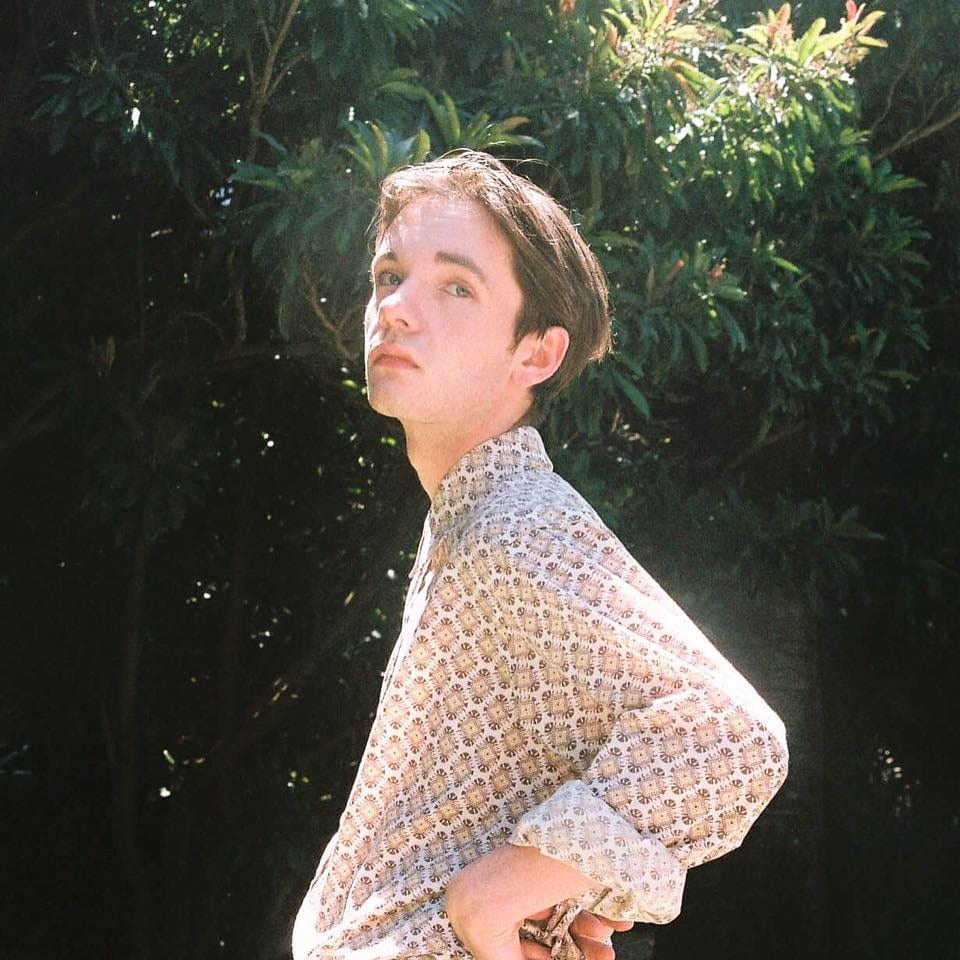2 Minute read
This research project analyses modernism’s encountering moments with queer identities and non-heterosexual subjects within experimental fiction, primarily from a select few novels produced in the interwar period. Queerness in modernist texts is often masked and hidden by both formal—and informal—experimentation that accompanies the unconscious (de)representation of sexuality that such texts produce.
The details
Joint PhD candidate Dylan Rowen's thesis examines transgressive modernist textual practices in response to fictional representations of queer sites of nonnormative, or “slippery” desire within city/urban spaces such as bars, nightclubs, and alleyways. More specifically, it examines the queer fictional worlds represented during the period of the 1930s, referred to as the “Pansy Craze.”
Modernist techniques such as stream-of-consciousness allow us glimpses into how queer erotic entanglements and fragmented desires are performed in modernity. Dylan argues that queer-coded argot and illegibility within modernist experimental writing can provide fruitful avenues and laneways where deviant sexualities are performed, tolerated and even celebrated. The rise of modernism as a literary and aesthetic practice also coincided with the emergence of sexual identities and sites where these identities could manifest and engender active agencies. This project examines how LGBT bodies are (de)represented (or indeed, unrepresentable) in early twentieth-century ‘queer’ novels to locate a structure within the disjointed trajectory of the ‘homosexual’ tradition. Through a sustained examination of transgender, queer, and non-binary subjectivity in modernist fiction, Dylan hopes to disrupt any teleological assumptions about queer literary history. Queer narrative desire is, by its very nature, non-linear, experimental, and unable to be easily deciphered.
At present, the novels examined will include Strange Brother (1931) by Blair Niles, Twilight Men (1931) by André Tellier, A Scarlet Pansy (1932) by Robert Scully, and The Young and Evil (1933) co-written by Charles Henri Ford and Parker Tyler. These texts all present—to some extent and to varying success—an unstable, complicated construction of gender and sexuality due to the presence of the de-gendered “pansy” in these narratives. The figure of the “pansy” occupies a queer space in the regulation and construction of the homosexual/heterosexual divide, and its very nature complicates any linear understanding of modernity’s binary thrust towards linear progression. These queer writers engage with, and write about, moments of cruising, cross-dressing, drag, the legacies of sexology, the intersections of race and class with sexuality, transgender subjectivity, transnationalism and movements of culture, prostitution, sites of urban “slumming,” queer enclaves, political dissidents, able-bodied and disabled persons, all within—subconsciously or not—late modernism. These inversions and queer moments in time will be examined alongside new methodologies in modernist and queer studies, together with close-reading practices that will prioritise an innovative approach to reading queerness within modernity and inside the archive.
Graduate researcher profile: Dylan Rowen

In March of 2020, I started my Cultural Studies PhD candidature in the School of Culture and Communication, under the International Research Training Group joint collaboration Minor Cosmopolitanisms with the University of Potsdam, Germany.
In 2019, I was awarded a Graduate Diploma in Art History after completing my Bachelor of Arts with First Class Honours in English at the University of Adelaide. I examined literary modernism, queerness, gendered spatial topographies, and LGBT identity in early twentieth-century cultural artefacts and fiction. I plan on extending my work in this field further through my studies at the University of Melbourne and the University of Potsdam.
I have presented some of my research on queer textual embodiment and sexuality at a handful of conferences such as “Queer Legacies, New Solidarities” and the “Gender, Sex, & Sexualities Postgraduate + ECR Conference.” I have been a featured writer and panellist, and workshopped my writing with emerging poets and writers at Writers SA. I have been a subeditor at The University of Adelaide’s student magazine On Dit and was the co-founder and president of The Adelaide University Literature Club, through which I organised literary events and lectures, since its formation in 2016.
Supervision team
The University of Melbourne: Professor Natalya Lusty and Dr Sarah Balkin
The University of Potsdam: Professor Dr Nicole Waller
First published on 2 September 2022.
Share this article